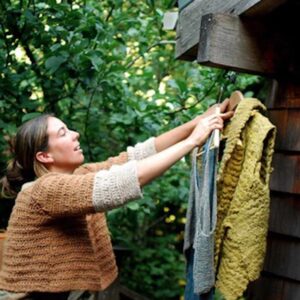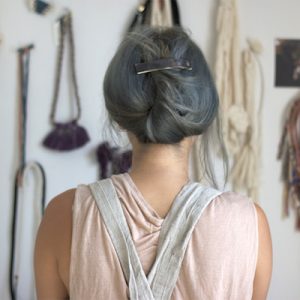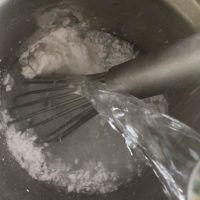Sunday Visit: Evolving Fibershed With Rebecca Burgess
Today’s Sunday Visit is with one of our fiber and dye heroes, Rebecca Burgess. Rebecca is the executive director of Fibershed and the author of Harvesting Color as well as Fibershed-Growing a Movement of Farmers, Fashion Activists, and Makers for a New Textile Economy. She’s also a seasoned weaver and natural dyer. About a decade ago, Rebecca had the idea to develop a project focused on wearing clothing made from fiber grown, woven, and sewn within her bioregion of North Central California. From the Fibershed book: “As she began to network with ranchers, farmers, and artisans, she discovered that even … Read more










